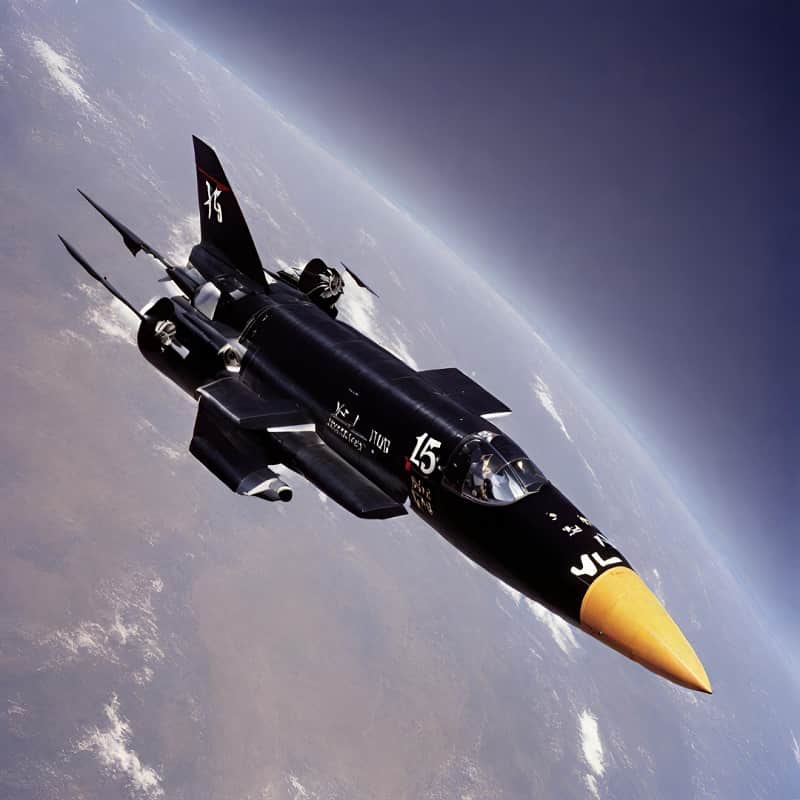In the present day, as scientists remain engrossed in the construction of cutting-edge space rockets, a remarkable historical incident unfolds—one where an unintended space journey was embarked upon by an aircraft. This extraordinary event unfolded on July 19, 1963, when two North American aircraft, such as the X-15, were flown for the purpose of conducting research and collecting data that could be used to estimate and understand the challenges and trajectories of future space missions.
The North American X-15 rocket-powered aircraft project holds a significant place in aviation history for its role in bridging the gap between human-piloted flight within Earth's atmosphere and the exploration of space beyond it. Following successful test flights in the late 1950s, the X-15 achieved several groundbreaking milestones. It became the first winged aircraft to reach velocities of Mach 4, 5, and 6, pushing the boundaries of high-speed flight.
Moreover, the X-15 played a pivotal role in NASA's early missions following its absorption by the National Advisory Committee for Aeronautics (NACA) in 1958. However, the most iconic and recognized mission of the X-15 program is often associated with flight 90, which marked a significant moment in the aircraft's history.
In 1963, NASA and the U.S. Air Force conducted a test flight that was the first of two missions intended to surpass the hundred-kilometer height defined by the Karman line, as established by the International Aeronautical Federation. Interestingly, or perhaps fortuitously, during the journey, the aircraft encountered a series of complications. Its thrusters failed to shut down in a timely manner, causing the aircraft to deviate from its intended trajectory. Flown by Joseph Walker, this flight encountered some intriguing deviations from the initial plan.
Rather than thwarting the mission, these unexpected turns of events aided Walker in surpassing the Karman line, making him the first U.S. civilian to venture into space. Instead of making a course correction over 50 kilometers earlier, the aircraft ascended to an astonishing altitude of 106 kilometers. This incident also transformed the X-15 mission into the inaugural space flight of a space plane in aviation history.
The Karman Line represents the demarcation between Earth's atmosphere and the beginning of outer space. It is the point where the boundary of our atmosphere officially yields to the cosmos. This inadvertent breach of the Karman Line by Joe Walker that day inadvertently transformed his flight into an unexpected and unforgettable foray into space.













0 comments:
Post a Comment